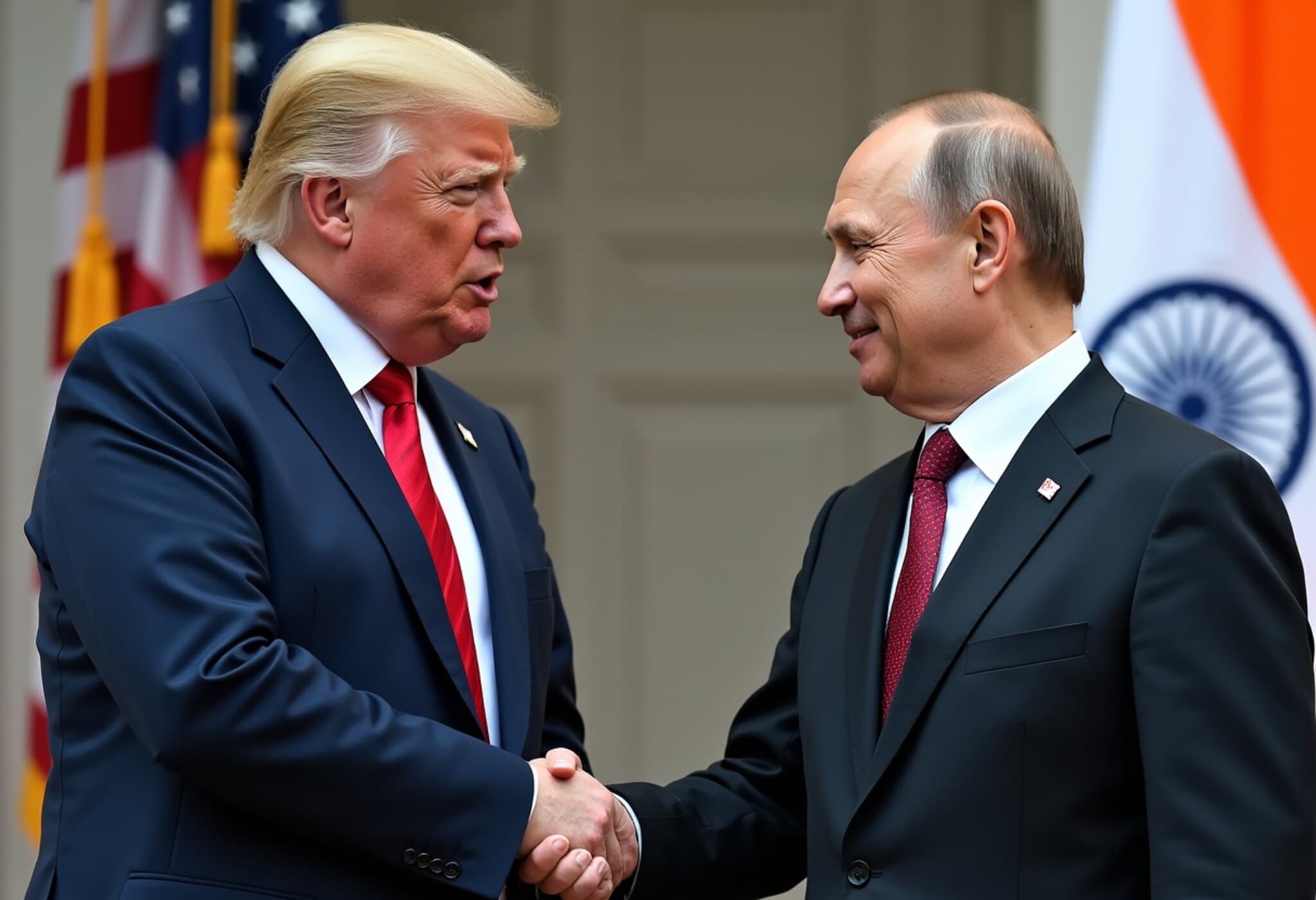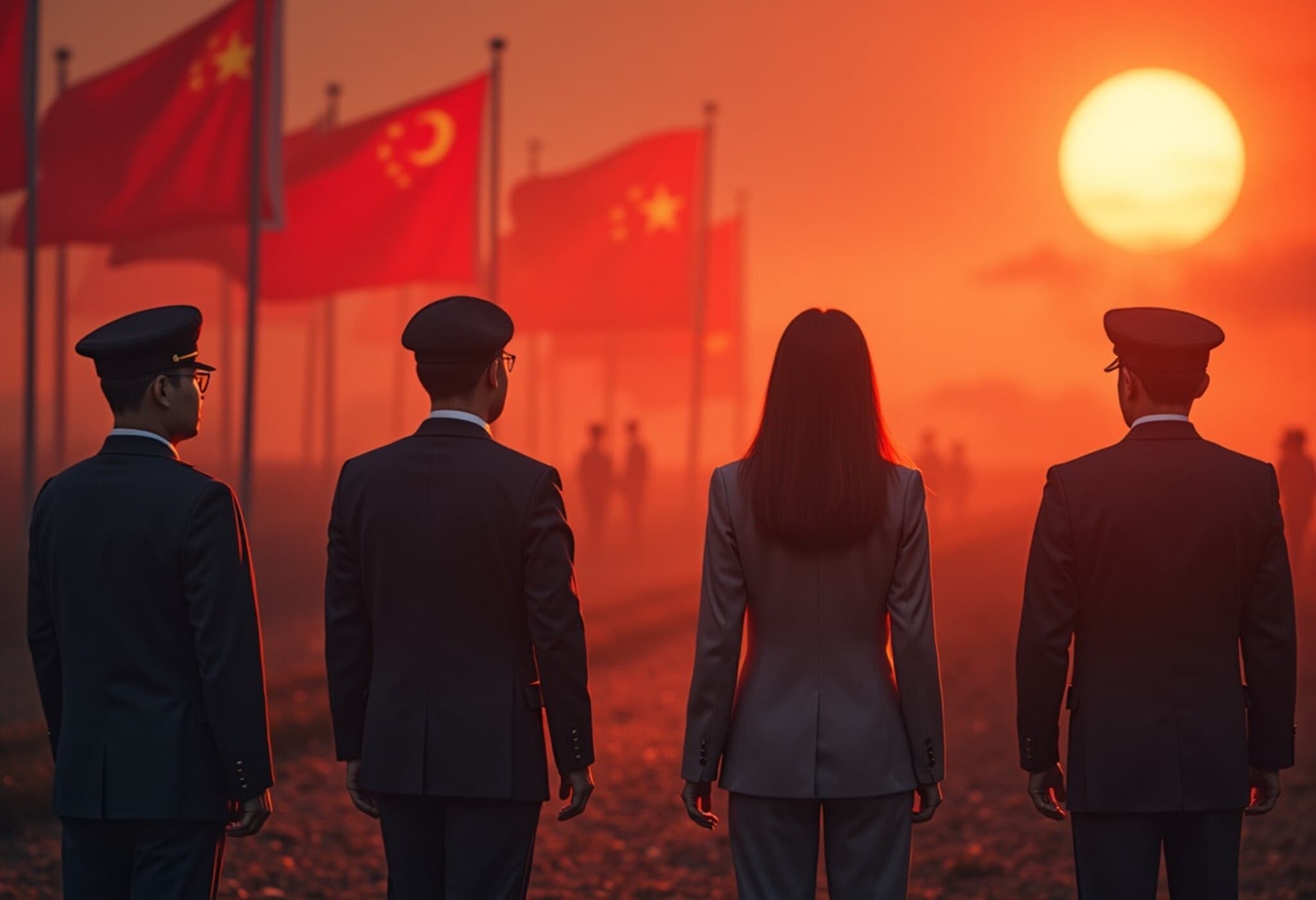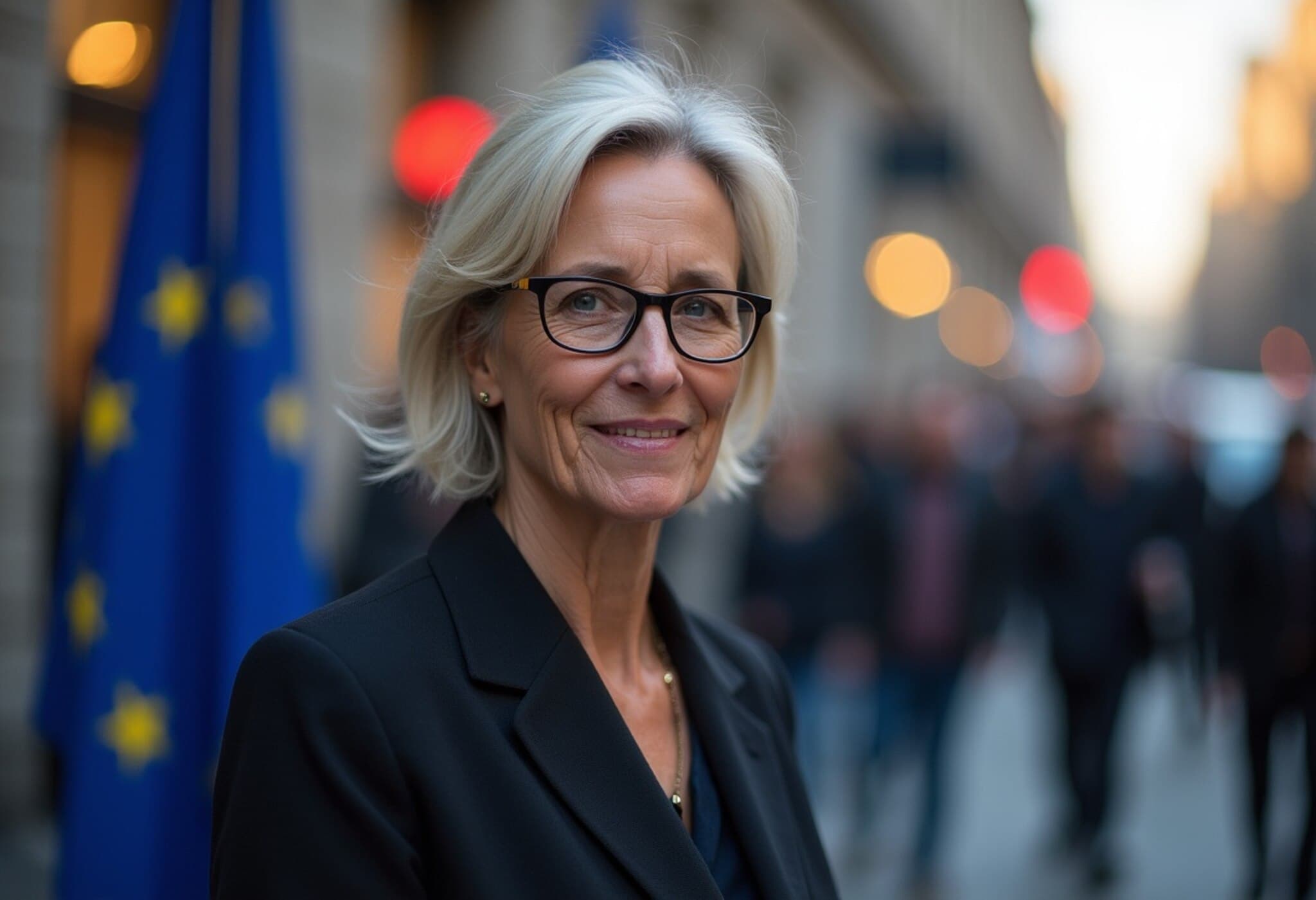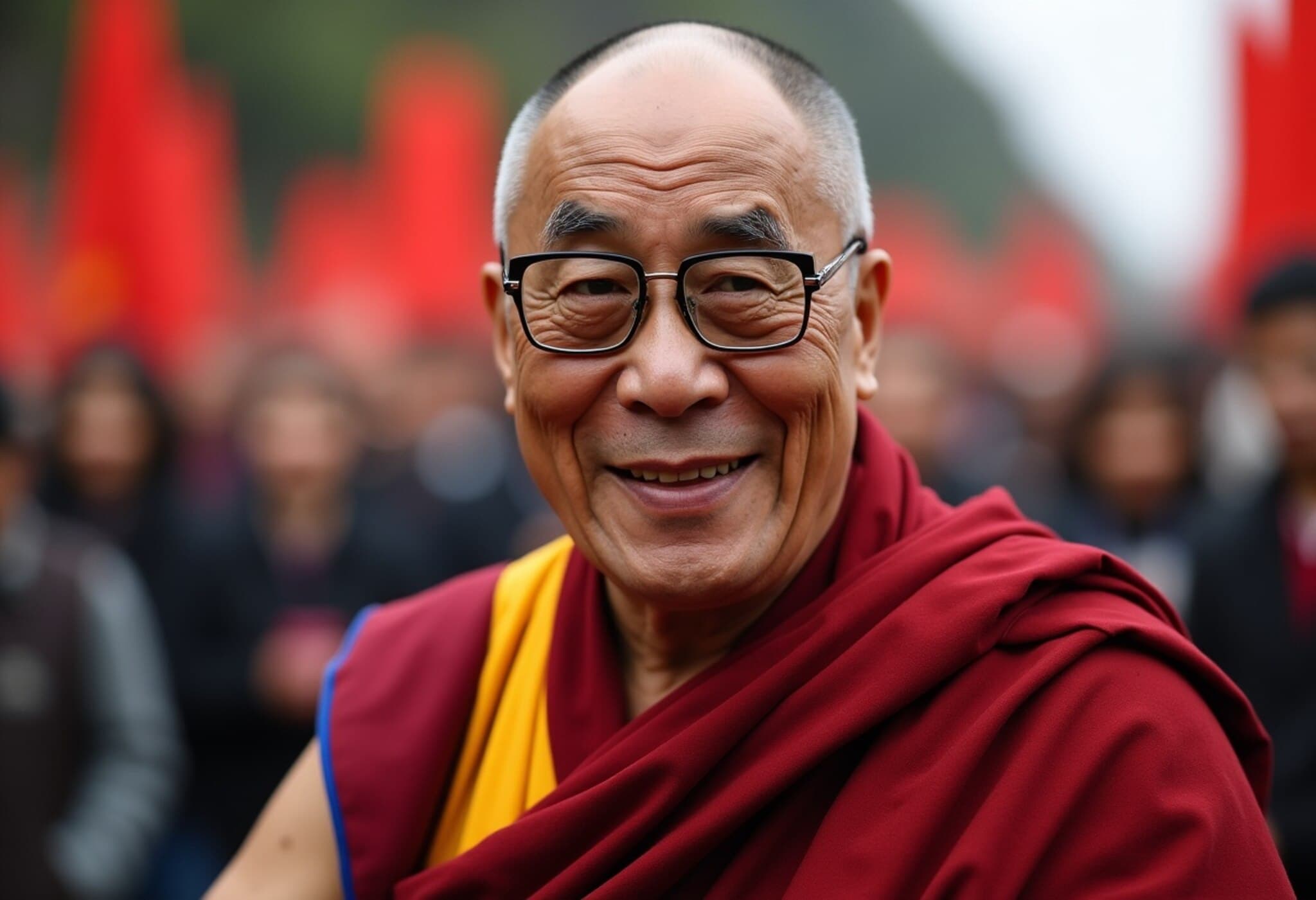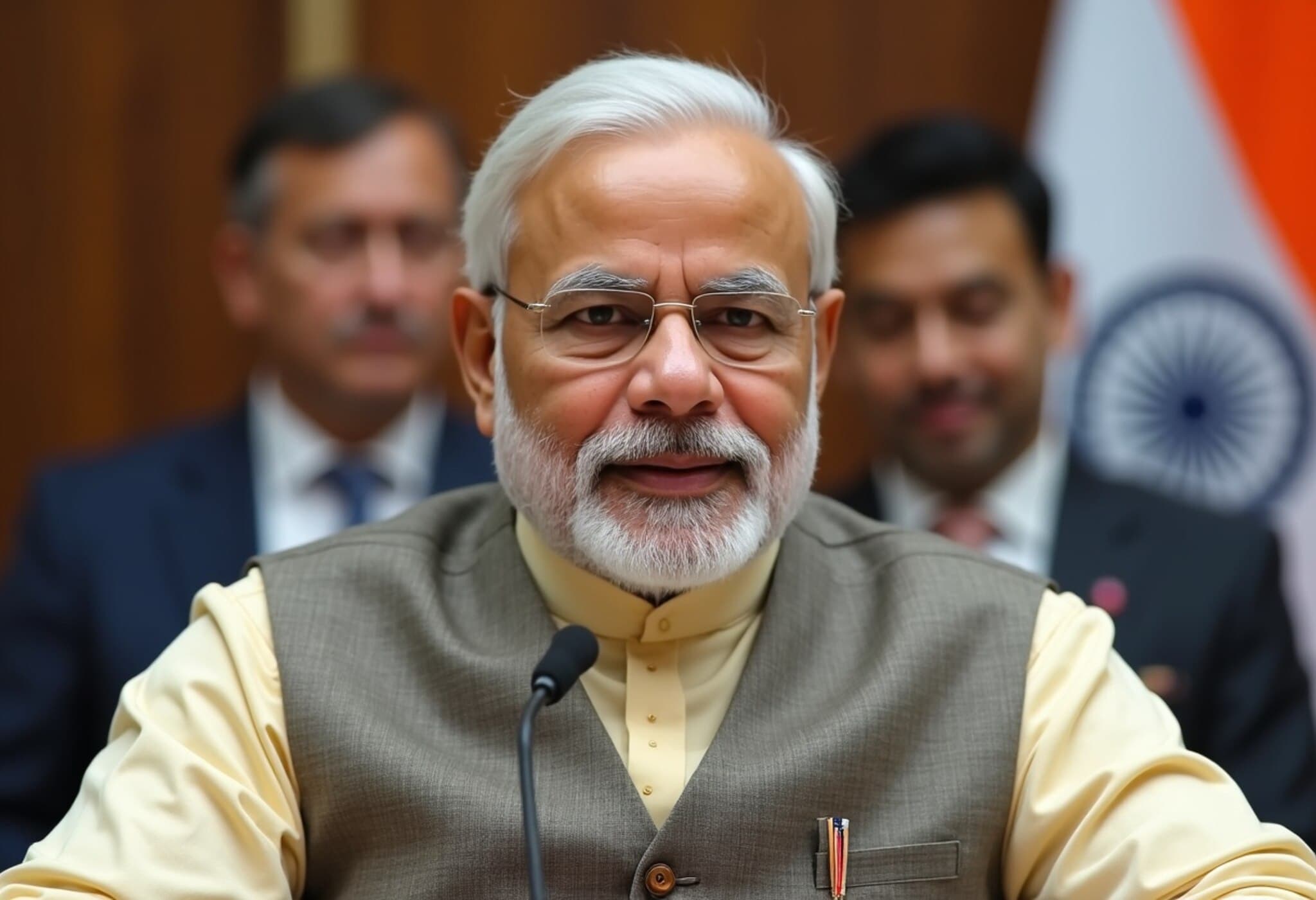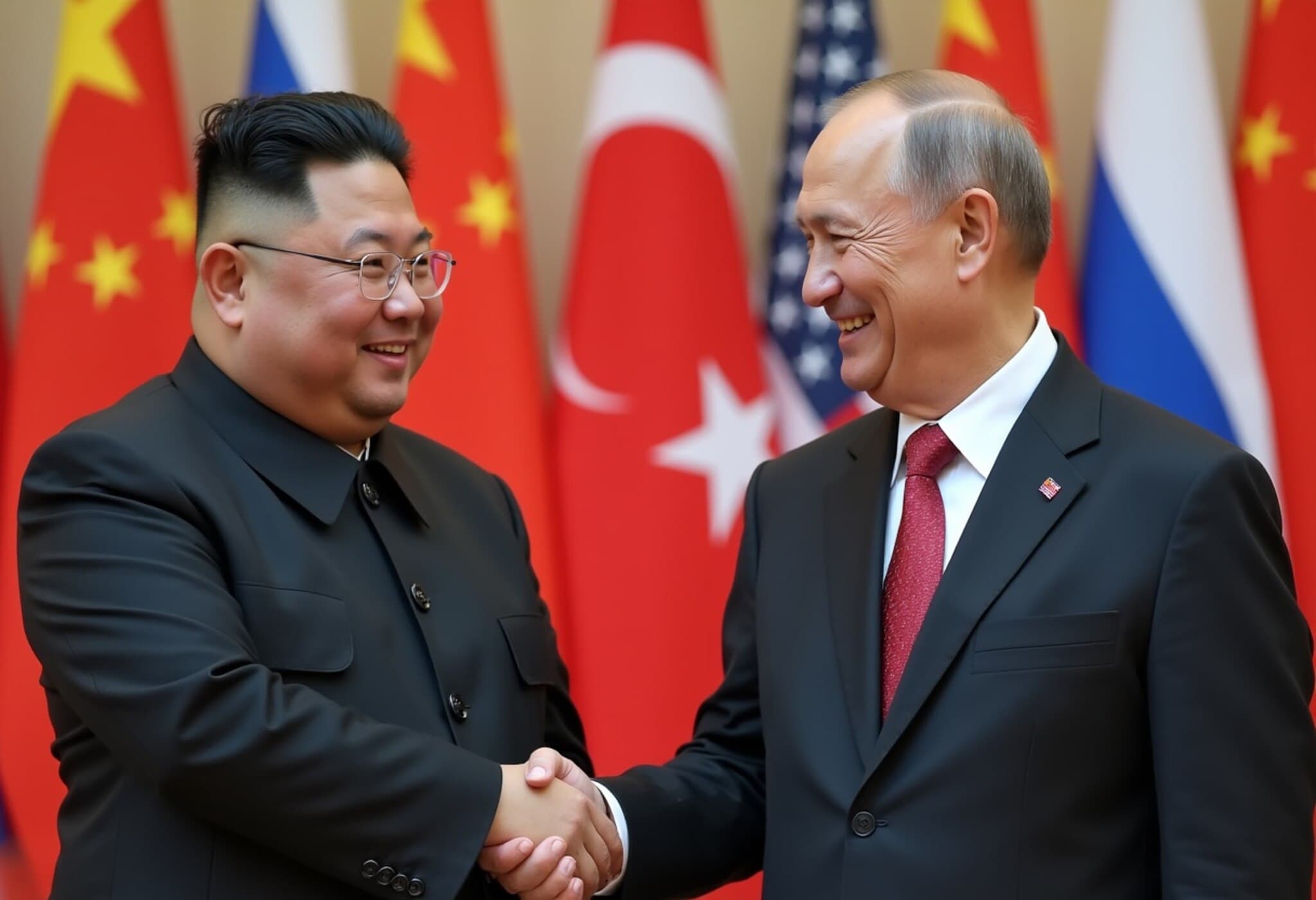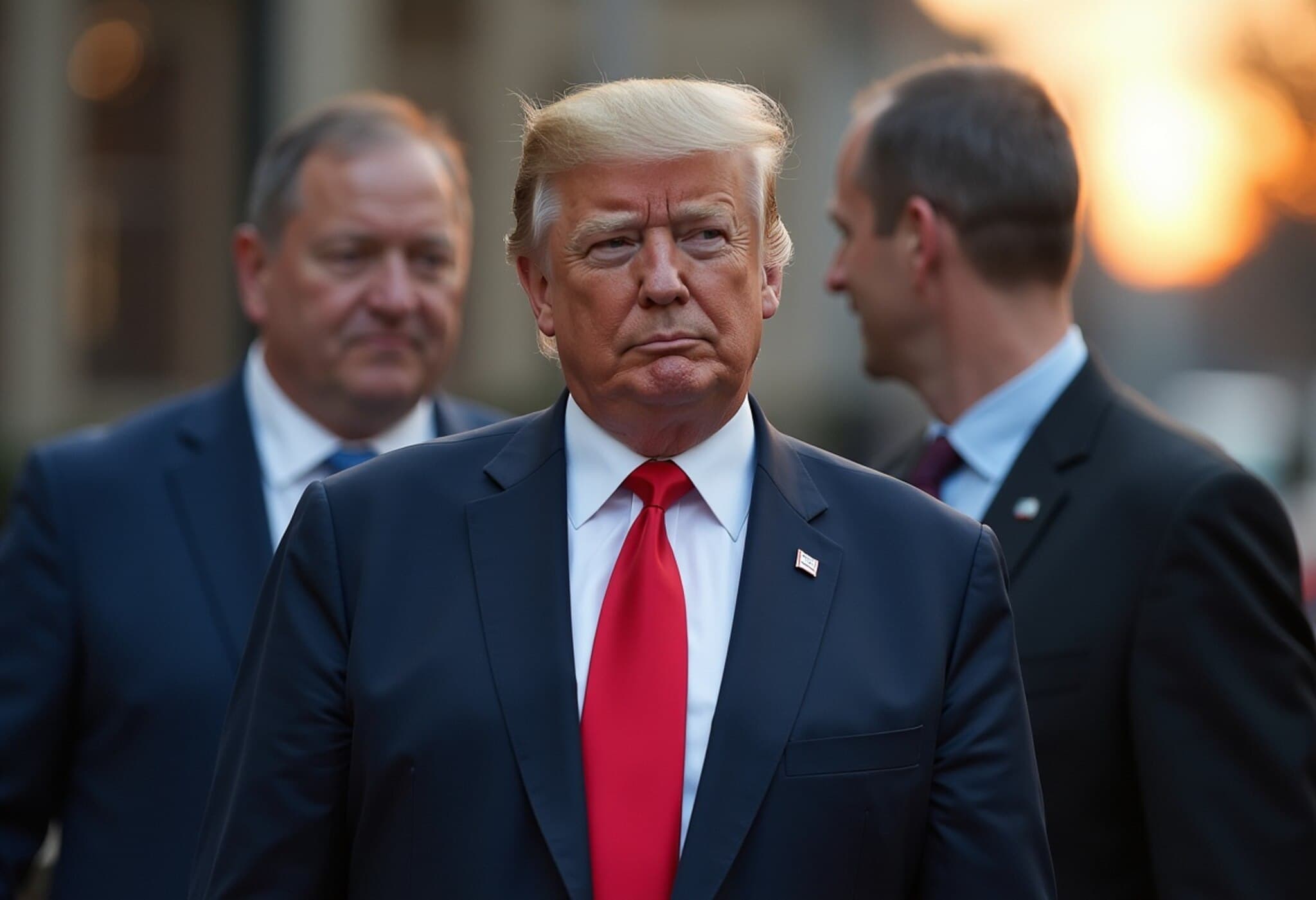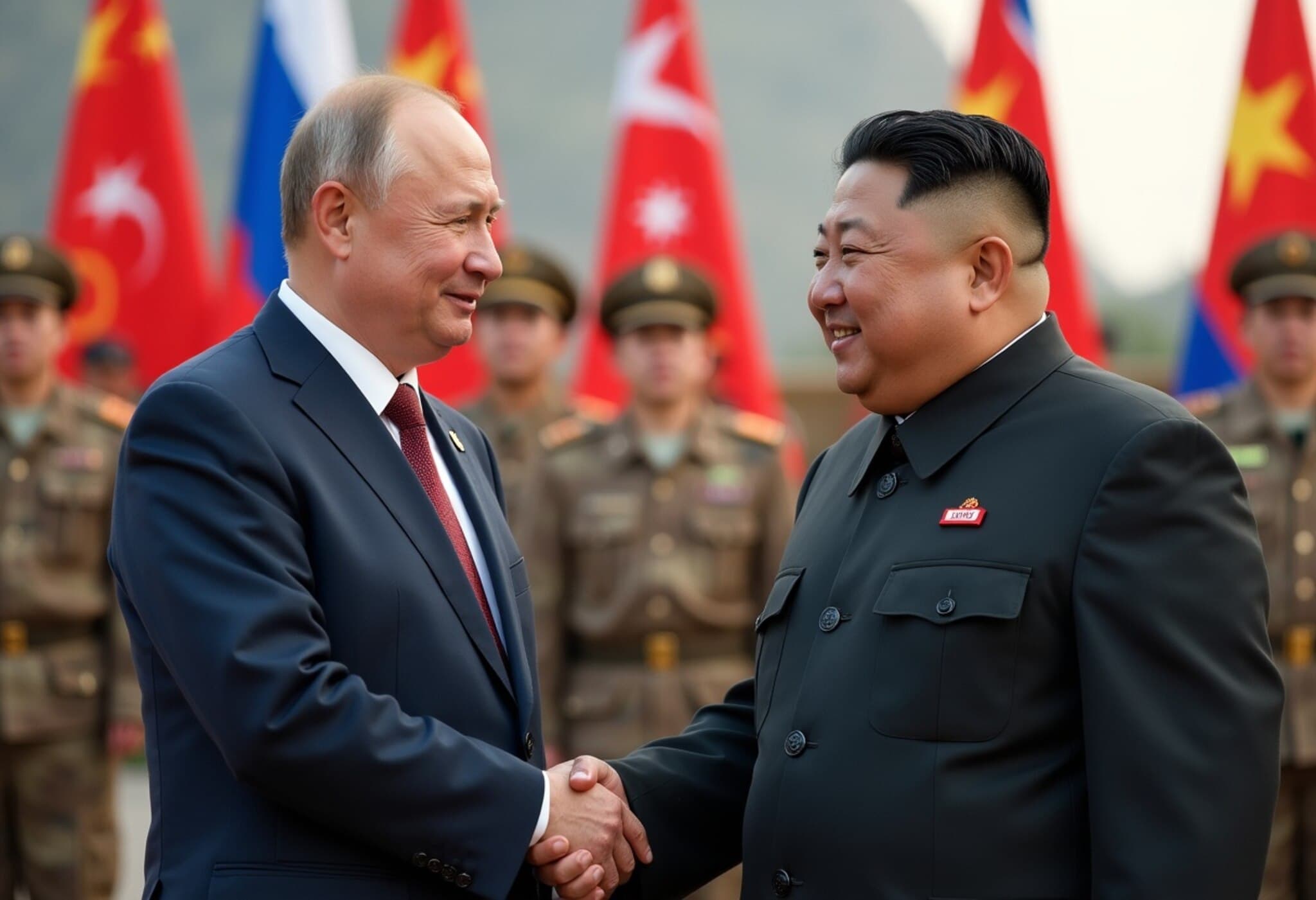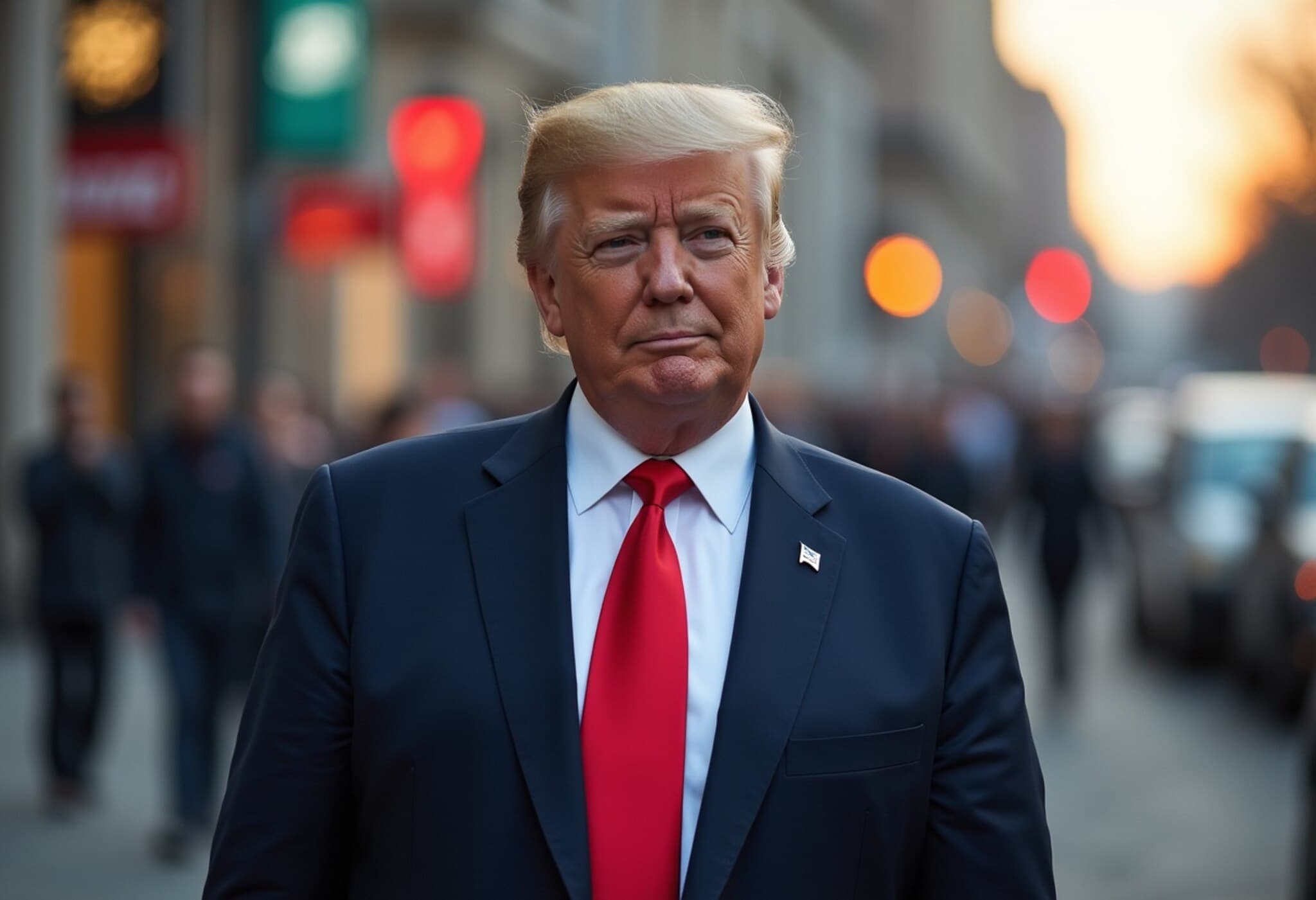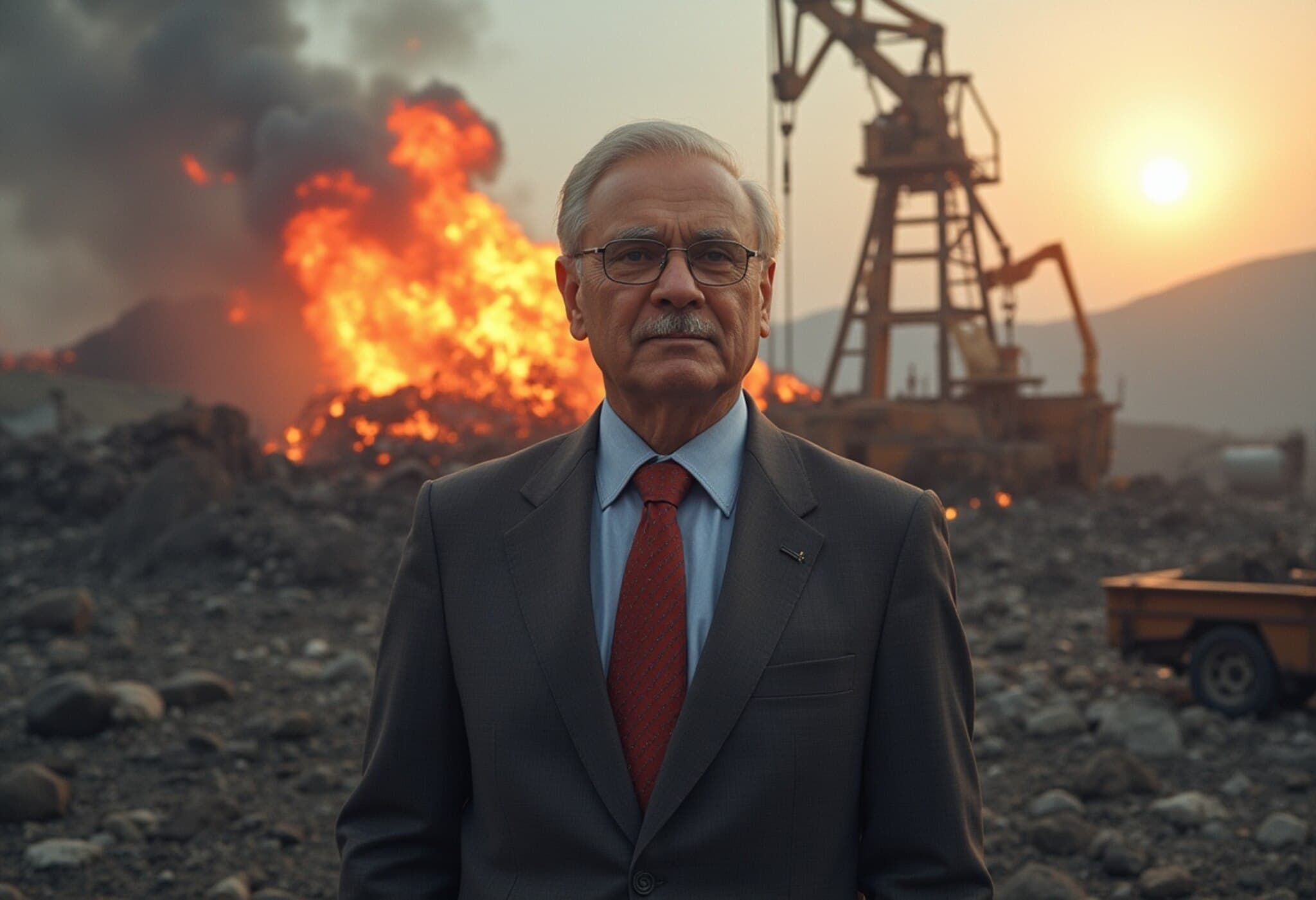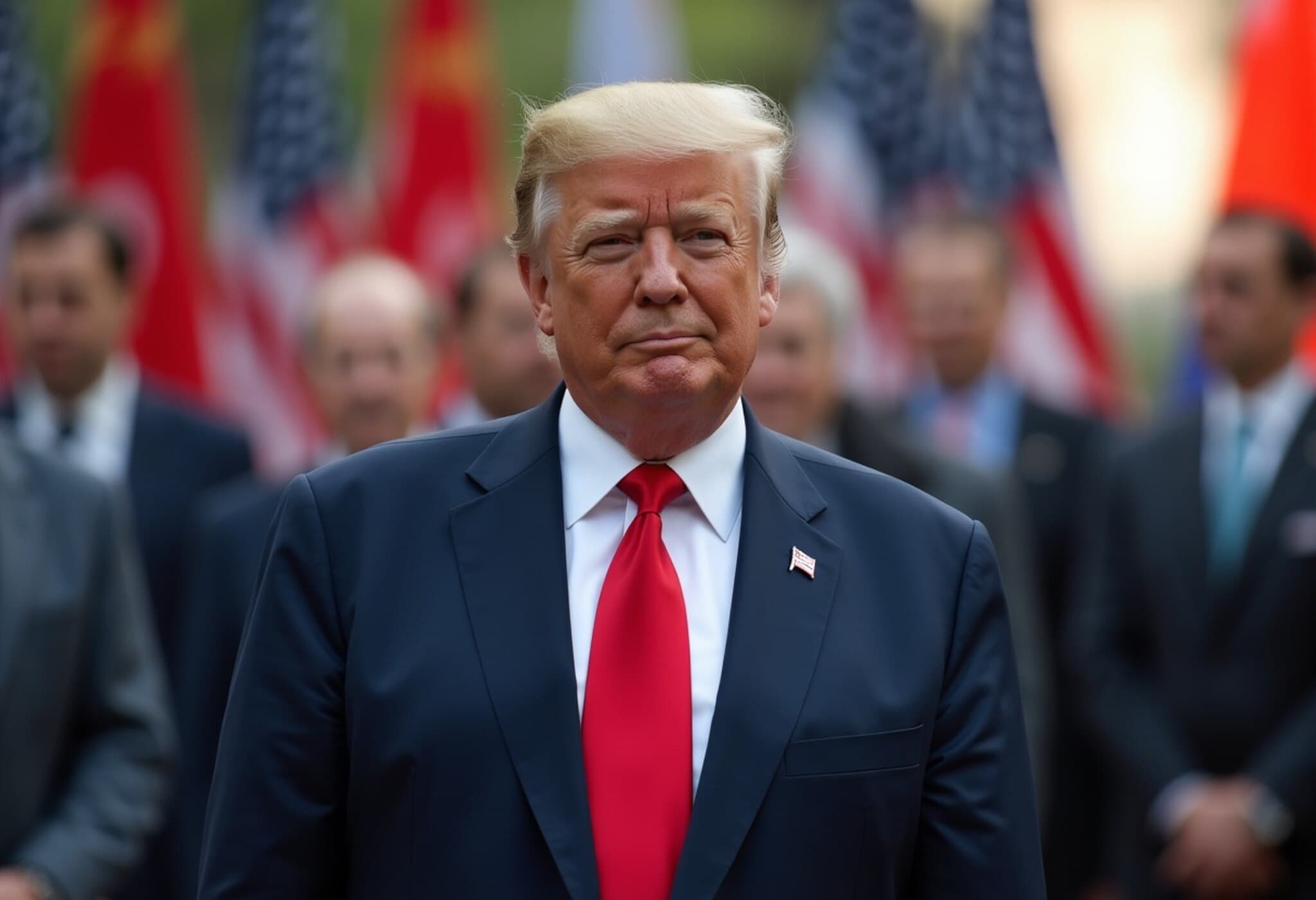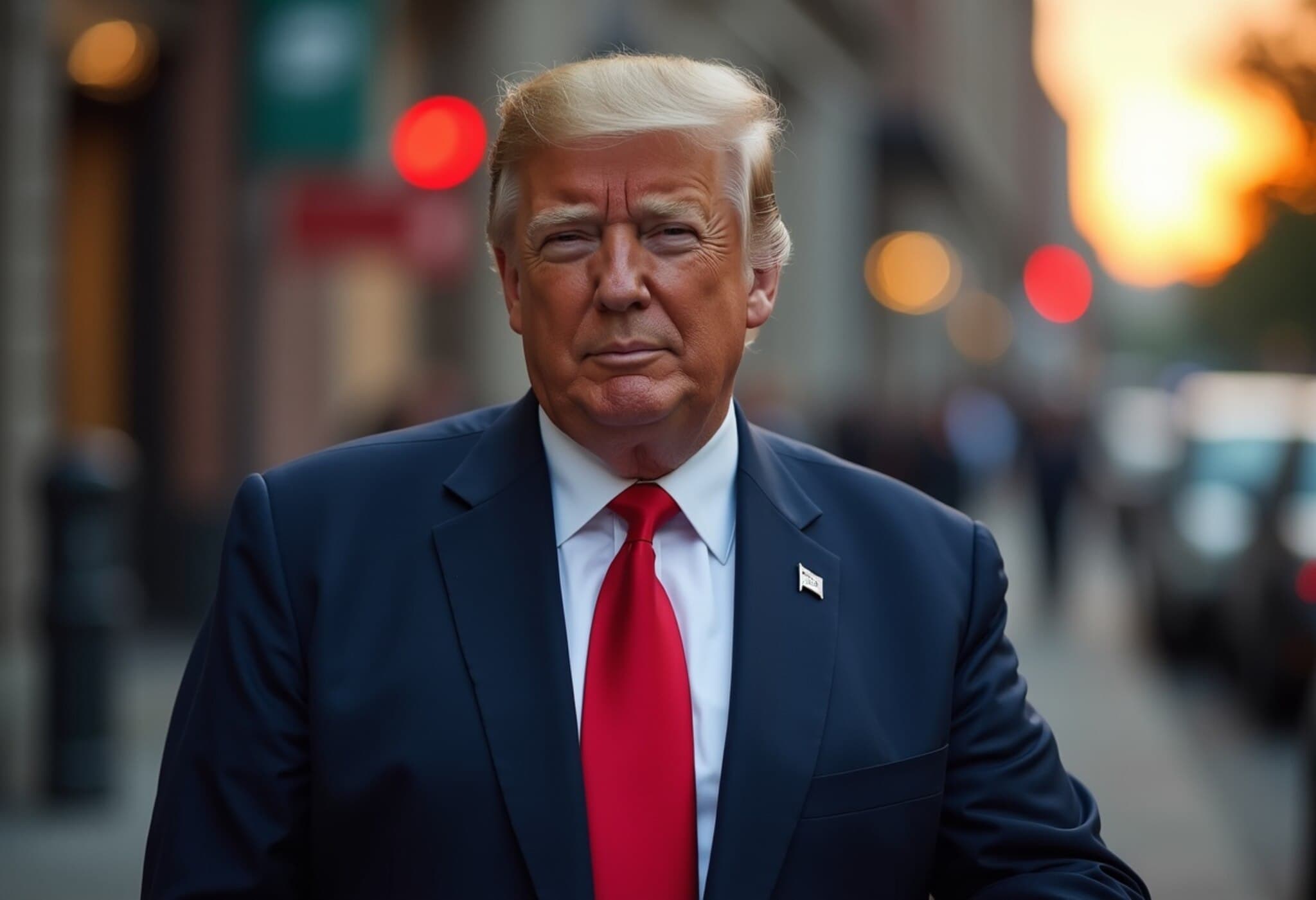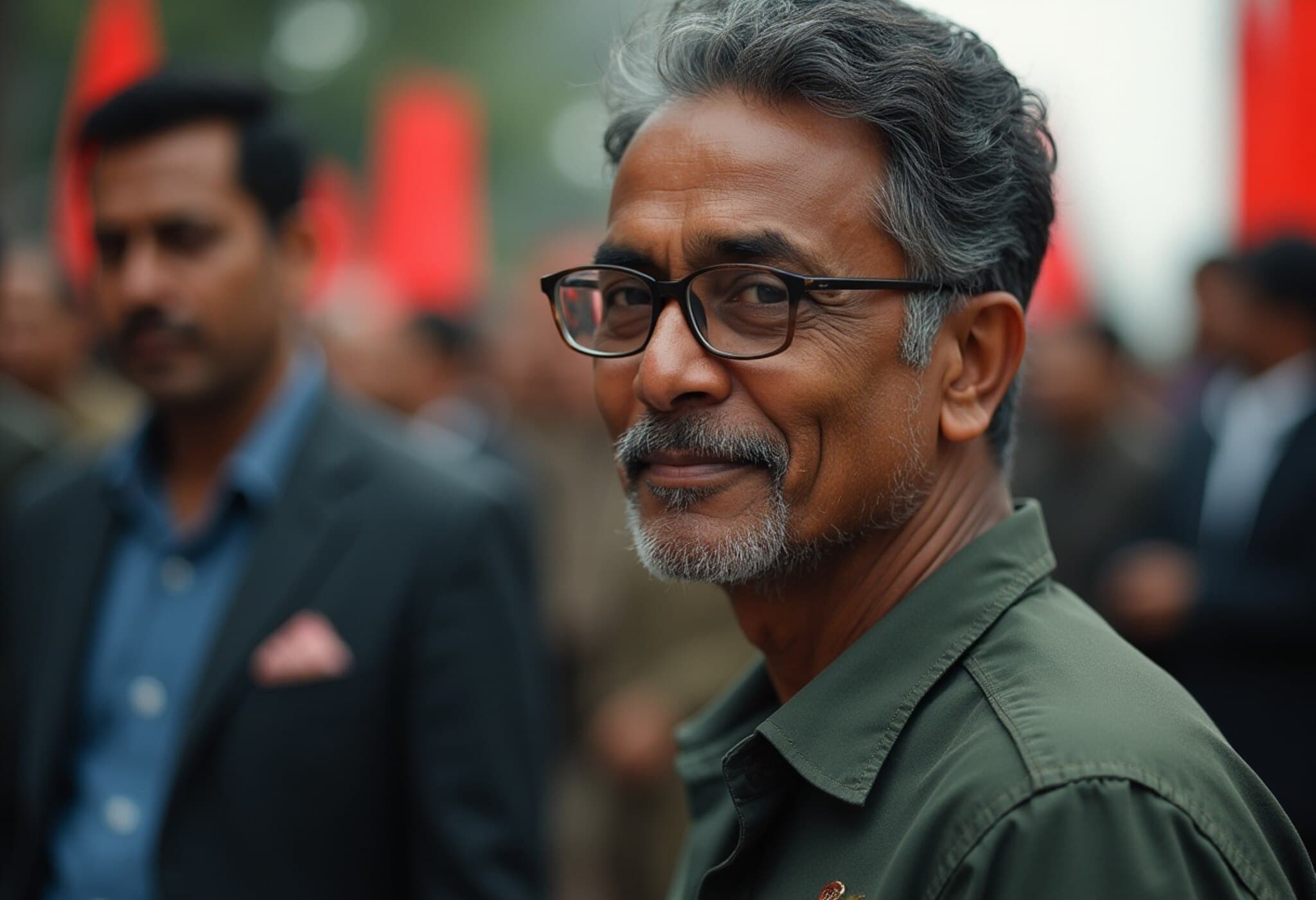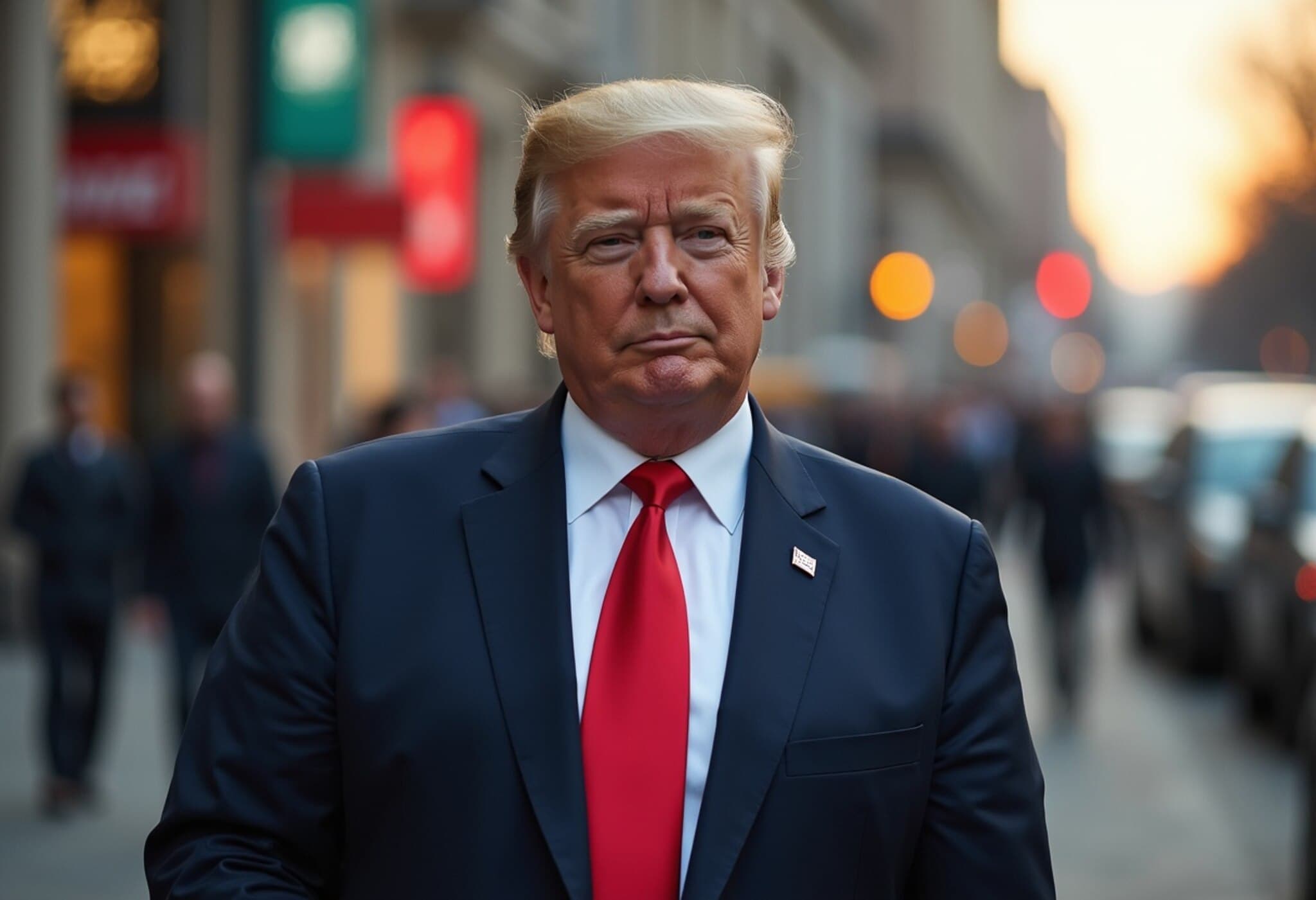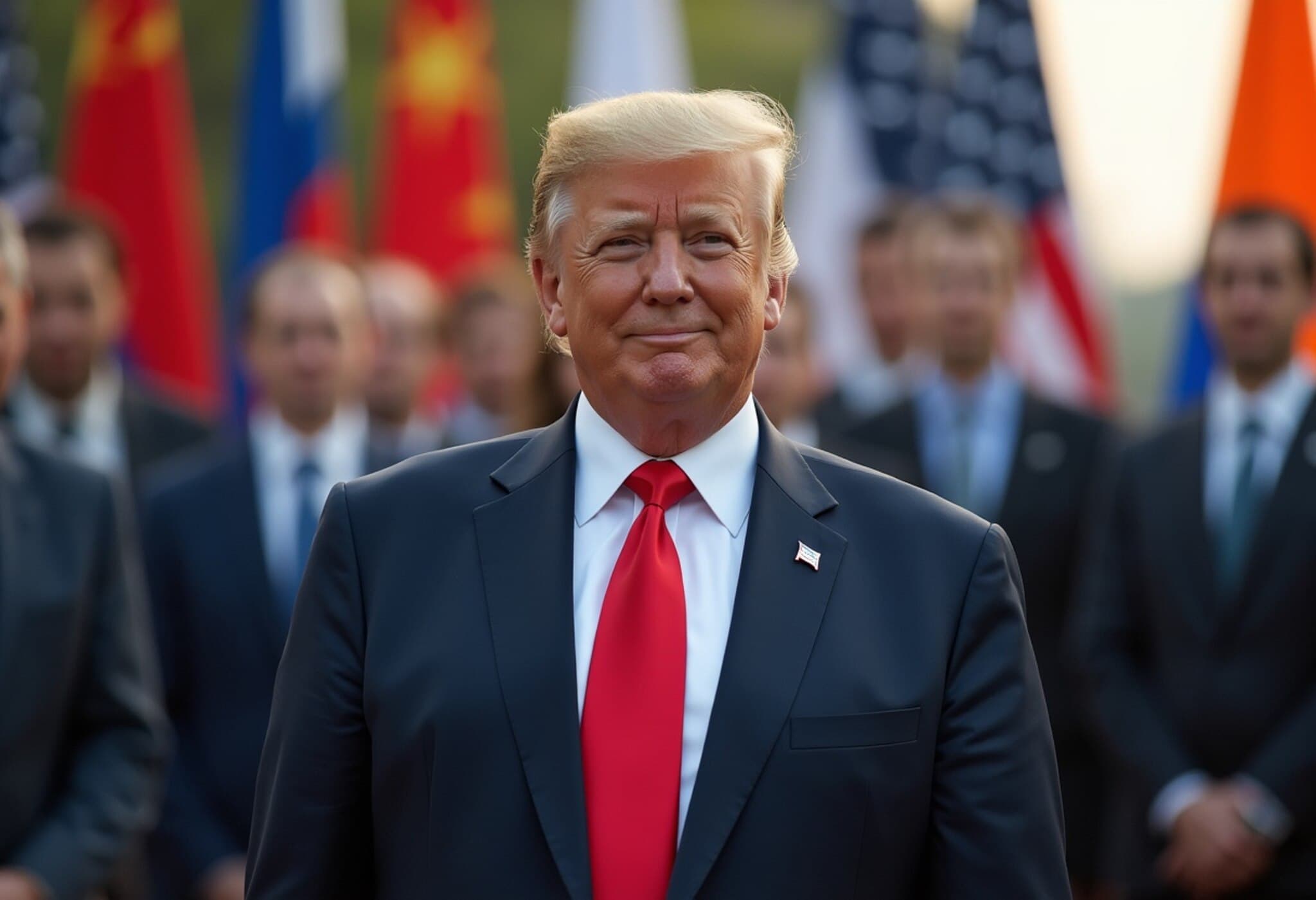India’s Emerging Role in US-Russia Geopolitical Chess
When US President Donald Trump and Russian President Vladimir Putin convened in Alaska to discuss the ongoing conflict in Ukraine, global eyes naturally focused on the prospect of de-escalation or breakthroughs on the battlefield. Yet, behind the headlines, a subtler but significant dynamic was at play: India’s position as a major buyer of Russian oil emerged as a critical bargaining chip in these high-stakes negotiations.
Trump’s Strategic Use of Tariffs Against India
During a recent appearance on Fox Radio’s Brian Kilmeade Show, Trump openly connected the imposition of steep tariffs on India’s Russian oil imports to the increased willingness of Putin to engage in talks. By enforcing secondary tariffs reaching up to 50%, including a 25% tariff on Indian oil purchases, the US administration aimed to tightly constrict Moscow’s access to one of its largest customers.
Trump highlighted how losing India, Russia’s second-largest oil purchaser, alongside potential losses elsewhere, intensified economic pressures on Moscow. This tactic underscores the administration's reliance on economic tools — not just military or diplomatic maneuvers — to influence Russia’s negotiating stance.
Economic Sanctions as Flexible Leverage
US Treasury Secretary Scott Bessent, in interviews with Bloomberg, further elaborated that these tariffs were part of a broader, malleable sanctions strategy. Rather than fixed penalties, the tariffs and sanctions could be adjusted in scale or duration, increasing the pressure if talks faltered. Bessent also referenced the so-called "Russian shadow fleet" — covert tanker operations allowing Russia to circumvent sanctions — highlighting ongoing US efforts to clamp down on such evasions.
India’s Delicate Balancing Act in Energy Trade
India’s energy imports present a nuanced picture. Despite US tariffs on Russian oil, India has simultaneously increased its energy imports from the United States, with figures soaring by 51% in the first half of 2025. LNG imports nearly doubled to $2.46 billion, aligning with Prime Minister Narendra Modi’s pledge to elevate US energy imports to $25 billion.
This dual sourcing strategy reflects India’s urgent need for affordable, stable energy supplies amidst a volatile global market. While New Delhi continues to purchase discounted Russian crude below the G7-imposed price cap — designed to limit Moscow’s revenues yet maintain market stability — it also expands its trade relationship with Washington, keeping diplomatic channels open.
India’s Official Stance and Diplomatic Response
India’s Ministry of External Affairs has criticized the US tariffs as "unjustified and unreasonable," emphasizing that these economic measures risk harming a multifaceted partnership. Despite disagreements, ongoing India-US talks continue unabated, underscoring India’s commitment to preserving strategic ties beyond trade disagreements.
Insights into the Alaska Summit Dynamics
Trump framed the Alaska talks as more than a diplomatic dialogue; they’re a carefully orchestrated “chess game” with economic sanctions serving as strategic moves to gain leverage. He hinted at a possible follow-up meeting involving Ukrainian President Volodymyr Zelenskyy, aiming to tackle complex issues like territorial boundaries—all while avoiding language that suggested a direct division of lands.
Nonetheless, Trump acknowledged risks, noting a 25% chance the summit might fail, but underscored that pressure tactics—including tariffs targeting India—were designed to maximize diplomatic advantage.
Broader Geopolitical Context: China and Beyond
While India’s role took center stage, China remains Russia’s largest oil importer. US officials like Bessent cautiously noted the complexities in escalating tariffs against China, reflecting allied hesitations and the delicate balance in global diplomacy. This approach signals Washington’s broader preference for calibrated economic tools rather than blanket punitive measures.
India’s Foreign Policy Tightrope
India has long maintained itself as a strategic balancing power, nurturing defense and technological partnerships with the US while continuing longstanding arms and energy relations with Russia. This balancing act relies heavily on maintaining freedom of movement in global energy sourcing to sustain its fast-growing economy.
New Delhi’s expanded US energy imports coupled with ongoing discounted Russian oil purchases exemplify this pragmatic diversification, designed to avoid over-reliance and ensure energy security.
Potential Consequences and Future Outlook
Bessent’s direct warning that tariffs could intensify if the talks falter adds a layer of uncertainty. Enhanced restrictions might target additional trade sectors, complicating India’s economic landscape and testing New Delhi’s diplomatic endurance. Should tensions escalate, India might face difficult decisions balancing its strategic autonomy with allegiance to broader Indo-Pacific security frameworks championed by Washington.
From Washington’s perspective, leveraging India’s role is a calculated risk. While it risks alienating a key partner, the US administration bets that economic isolation of Russia’s customers will coerce political compromise in Ukraine. However, Moscow’s potential to redirect exports to alternative buyers such as China may dilute this pressure.
India: An Unintended Pivot in Great Power Rivalry
Though absent from the negotiating table, India has emerged as a pivotal actor shaping international strategy. Tariffs originally aimed at trade rebalancing have morphed into geopolitical tools influencing a conflict thousands of miles away. India’s evolving energy market significance and diplomatic positioning illustrate the complexities smaller but influential actors face amid major power competition.
As the Alaska talks proceed, this interplay between tariffs, trade, and diplomacy highlights the layered nature of modern international relations—where commercial partnerships can swiftly become arenas for geopolitical maneuvering.
Editor's Note
This development underscores how intertwined global energy markets and geopolitics have become in shaping conflict resolution efforts. It raises critical questions about the future of multilateral diplomacy when economic sanctions target allies’ trade practices. How will India navigate its role between competing great powers without compromising its strategic autonomy? And to what extent can economic pressure effectively catalyze political change in entrenched conflicts like Ukraine? As observers, it is crucial to watch how these economic levers unfold in shaping both bilateral relationships and broader international peace efforts.

